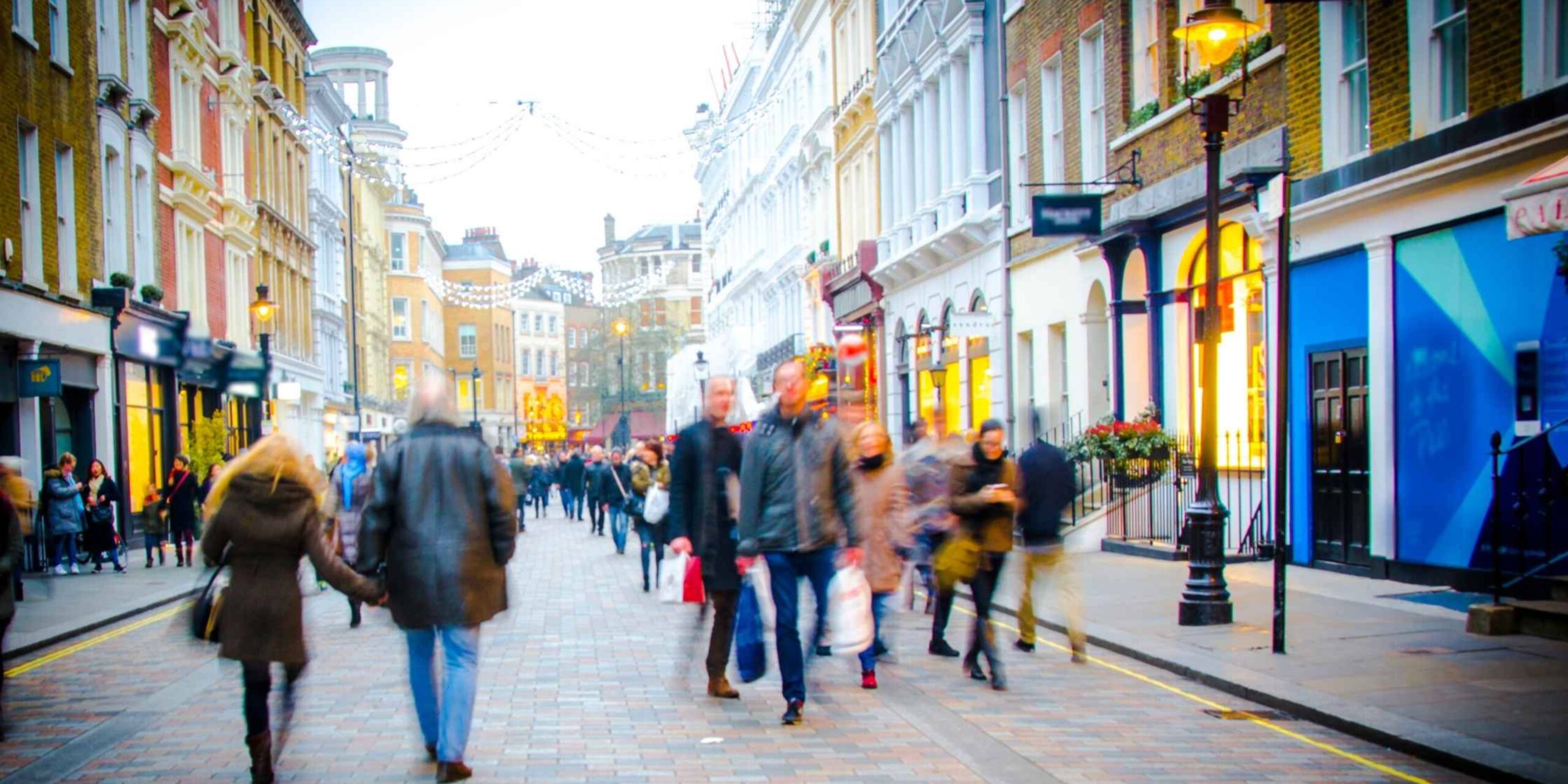
The Black Friday sales are viewed as a fantastic opportunity for consumers to get their Christmas shopping started with great discounts on products across the country.
Retail businesses also love the occasion as it helps boost sales and enables them to move on difficult-to-sell stock.
The environment, however, could really do without Black Friday.
Table of Contents
- Black Friday Waste Facts and Statistics
- When is Black Friday & Cyber Monday 2024?
- How did Black Friday begin?
- Why is Black Friday bad for the environment?
- Is Black Friday a good thing overall?
Black Friday Waste Facts and Statistics
- 80% of products bought at Black Friday end up in landfill, are incinerated or are recycled poorly
- Only 29% of electronic waste caused by Black Friday is recycled
- This year’s (2024) Black Friday is expected to produce 429,000 metric tonnes of greenhouse gas emissions from product deliveries alone – that’s the same as 435 return flights from London to New York!
- 1.4 million tonnes of e-waste is sent to landfill every year.
- Black Friday spending in the UK is projected to increase from £221 per person in 2023 to £258 per person in 2024, marking the highest per capita spending since before the pandemic. Overall, PwC forecast spending to reach £7.1 billion this year.

When is Black Friday & Cyber Monday 2024?
This year’s Black Friday is on Friday the 29th of November.
With Cyber Monday being on the 2nd of December.
Although you can typically see sales start before the 25th with many retail shops and online stores offering discounts and deals from mid-November.
How did Black Friday begin?
The term ‘Black Friday’ was first used to refer to the day after Thanksgiving (which is always held on a Thursday) – when factory workers would call in sick so they could enjoy a 4 day weekend with family.
Although, in the context of shopping, Black Friday was initially named to describe the crowds of Christmas shoppers in the United States who frequently caused trouble for Police at the time who would prep for larger groups of people in town centres.
The phrase, Black Friday, was then adopted by the media in the 1960s onwards and by the 1980s it was known across America as the date for when Christmas shopping begins – kicking off with great discounts and deals on popular products.
Since the turn of the millennia, western countries have also adopted the day and you can see Black Friday sales in the UK, Canada, and France to name a few.
Why is Black Friday bad for the environment?
Similar to fast fashion, Black Friday promotes mass consumerism and encourages people to buy products purely because they’re on sale with little regard for how often they will be used.
Most products will be used a handful of times and then discarded – with the majority ending up in landfills.
Moreover, millions of tonnes of resources required to manufacture and ship these products are used up during the Black Friday sales.
And with return shipping for products no longer wanted, even more emissions from transporting these goods occur.
Logistics company Optoro found that returning items bought during the sales used over 1.2 billion gallons of diesel and emitted 12 million metric tonnes of CO2.
That was just in the US alone.
Is Black Friday a good thing overall?
Yes and no. For the environment definitely not.
But for business owners and consumers debateably yes.
Businesses can capitalise on selling off harder-to-move stock and consumers can get a good price for products they wish to buy for themselves or for Christmas gifts.
To get the best of both worlds, businesses and consumers should do their best to reduce the amount of waste produced by Black Friday.
Questions around Black Friday waste which should be considered include:
- Can this product be packaged in recyclable material
- Can this product be made recyclable?
- Do we need to stock this much of this product?
- Can we donate our unsold stock?
- Do I need to buy this?
- Is there a greener alternative to this product?
- Can I pick up this product in-store?
- Can I buy second-hand instead?








